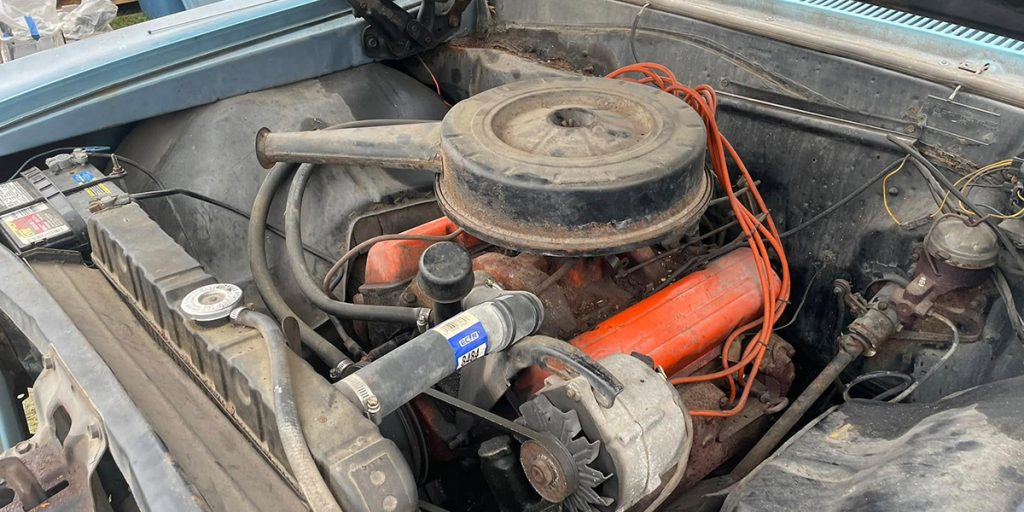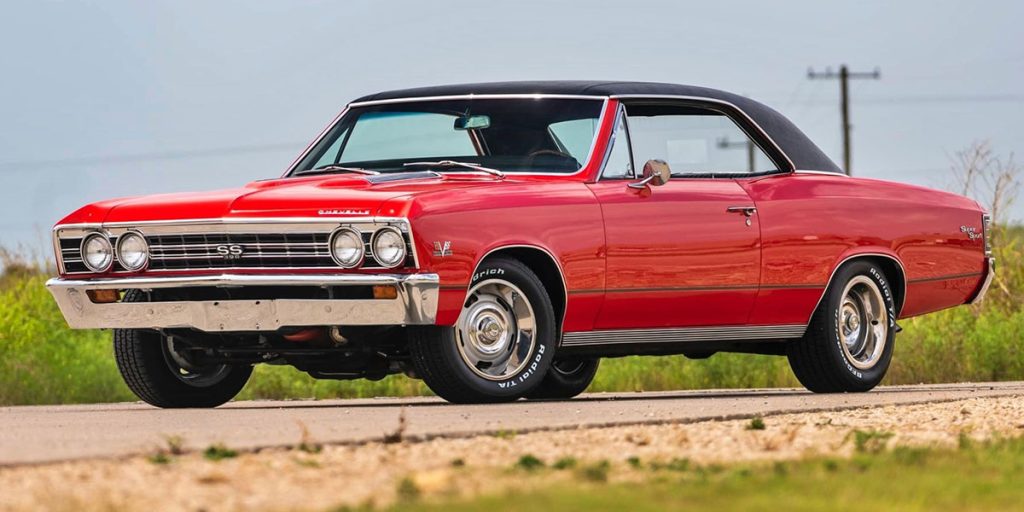
1964–1972 Chevelle Small Block Identification Guide
When it comes to restoring or verifying the originality of your Chevelle, correctly identifying the small block under the hood an important step. After all,
As the seasons change and temperatures rise, thoughts turn to summer activities and road trips. For many drivers, this also means considering the type of tires on their vehicles. Enter summer tires – specialized rubber designed for warmer weather conditions. But what exactly are summer tires, and can they be used in winter?
Summer tires, also known as performance tires, are designed to provide optimal performance in warm weather conditions. Unlike all-season or winter tires, which are engineered to perform well in a variety of conditions, summer tires are tailored specifically for hot, dry roads. They offer superior grip, handling, and responsiveness, making them ideal for aggressive driving and spirited cornering.
While summer tires excel in warm weather conditions, they are not suitable for winter driving. The specialized rubber compound used in summer tires hardens in cold temperatures, significantly reducing traction on snow, ice, and wet roads. Additionally, the shallow tread pattern and limited siping offer inadequate grip in slippery conditions, increasing the risk of accidents. For safe winter driving, it is essential to switch to winter tires, which are designed to deliver superior traction and handling in cold, snowy conditions.
While summer and winter tires serve distinct purposes, it’s essential to understand their differences:
Summer tires are a vital component of performance driving, offering exceptional grip, handling, and responsiveness in warm weather conditions. While they are not suitable for winter driving due to their specialized design and temperature limitations, summer tires excel on dry roads, making them ideal for spirited driving enthusiasts. By understanding the features, benefits, and limitations of summer tires, drivers can make informed decisions to optimize their driving experience and safety throughout the year.
If you need help deciding what type of tires to put on your ride, give our friendly techs a call at (203) 235-1200 or hop on SS396.com!

When it comes to restoring or verifying the originality of your Chevelle, correctly identifying the small block under the hood an important step. After all,

Is your ’67 Chevelle SS The Real Deal? Enthusiasts love classic cars for all sorts of reasons such as the looks, performance, history, and nostalgia.

American muscle car’s didn’t just change the automotive landscape in America, it changed the global automotive industry forever. Born from a perfect storm of post-war
